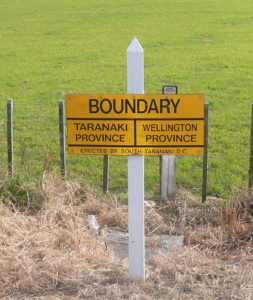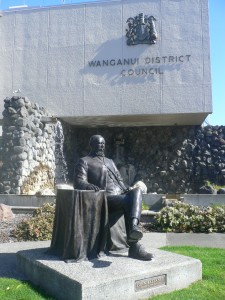When Pākehā first arrived in New Zealand, political power resided amongst Māori. Most of the tribes (there were about 50) were large informal groups; real power lay at the level of the hapū, or the sub-tribe.
Māori Jurist Eddie Durie has argued that real power, too, was ‘diffuse’ – that is, it was effectively spread throughout the hapū with many different people performing roles that implied a possession of an aspect of real ‘communal’ political power. This was the way that Māori had governed themselves for centuries, and it worked well.
Pākehā and Political Power
Māori soon realised that European saw the exercise of political power quite differently. However, when the Treaty was signed in 1840, Māori did not realise how different those Pākehā perceptions of political power really were.
 By signing the Treaty, Māori believed that they were safeguarding the political system they had lived by for generations. But the Crown saw it differently, though this was not made clear to Māori at the time.
By signing the Treaty, Māori believed that they were safeguarding the political system they had lived by for generations. But the Crown saw it differently, though this was not made clear to Māori at the time.
The Crown view turned on two concepts that were incompatible with Māori views – firstly, that they had acquired sovereignty of New Zealand from Māori, and secondly, that they could thereafter construct an overarching political structure (a Parliament) that would not necessarily reflect Māori political interests, nor even representation.
When Hone Heke attacked the British flag at 4 am on 11 March 1845 at Kororareka, he did so because of his disillusionment with the increasing power of the Crown over Māori. The wars that followed came about for identical reasons, especially the war in the Waikato in 1863, There, a Māori King movement had been established in 1858 to represent the power of Māori as a counterweight to the growing weight of the Crown. Deeming the Māori King to be unacceptable, the Crown had attacked Waikato in order to destroy the Kingitanga.
After the Wars
By 1872, the wars were over, militarily speaking at least. With the Māori King defeated at Rangiriri in 1863 and now in refuge, Māori political power lay in ruins until 1867 when Māori were granted 4 Seats in Parliament. Some Māori saw this as an opportunity to struggle for real power, and a century long search for Māori autonomy began.
Further reading
To read Danny’s essay on Hone Heke, as published in the Mana Magazine, No 51, 2003, pp. 83-86, click here – # Essay on Hone Heke. To read an essay on King Tawhiao, and why the King Movement was set up, as published in the Mana Magazine, No 40, 2001, pp. 78-79, click here – # King Tawhiao. Also, to read an essay on the history of the King Movement, as published in the Mana Magazine, No 50, 2003, pp.63-68, click here – # History of Kingitanga.
One of the outstanding leaders of the later Te Kotahitanga movement, founded in 1888, was Henare Tomoana from Ngāti Kahungunu. To read Danny’s essay on Tomoana, as published in the Mana Magazine, Issue no 54, October-November 2003, pp. 80-83, plse click here – # Essay on Henare Tomoana.



